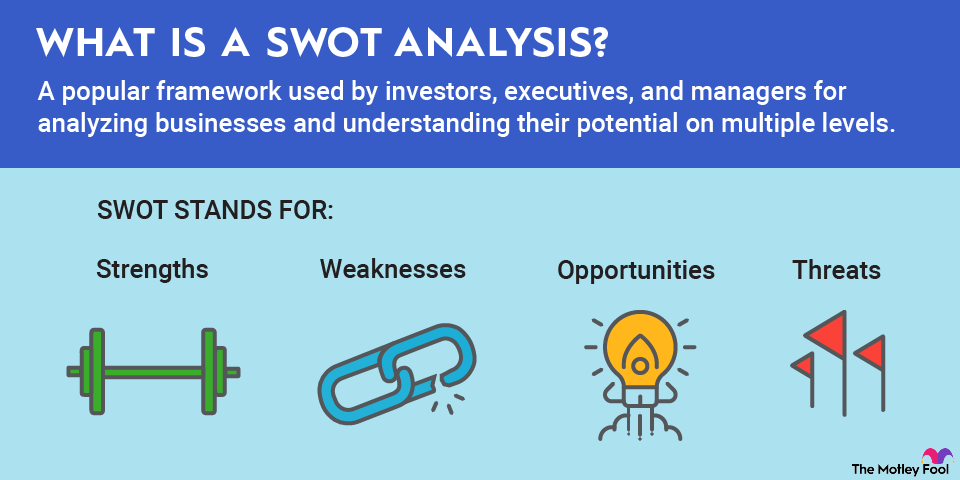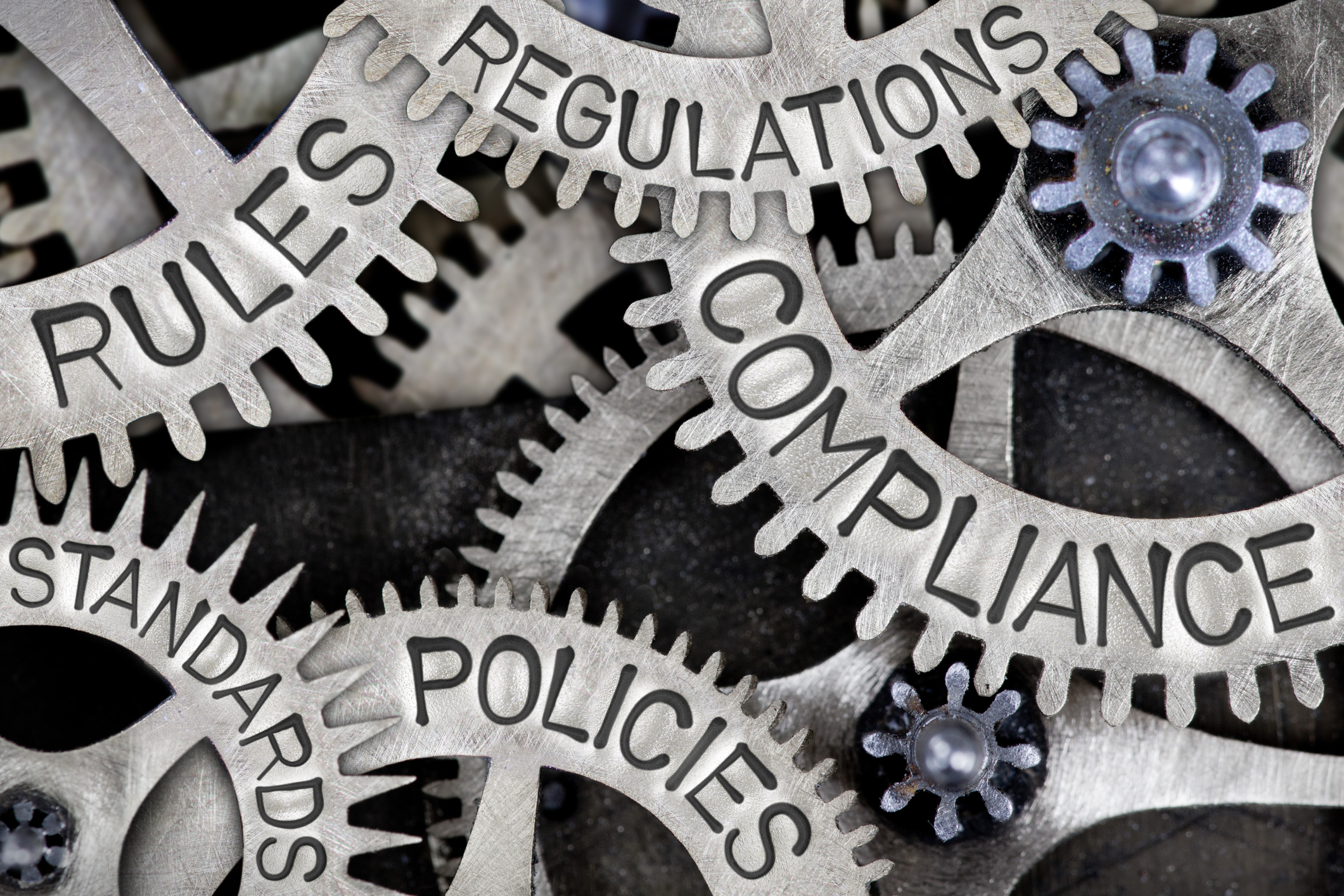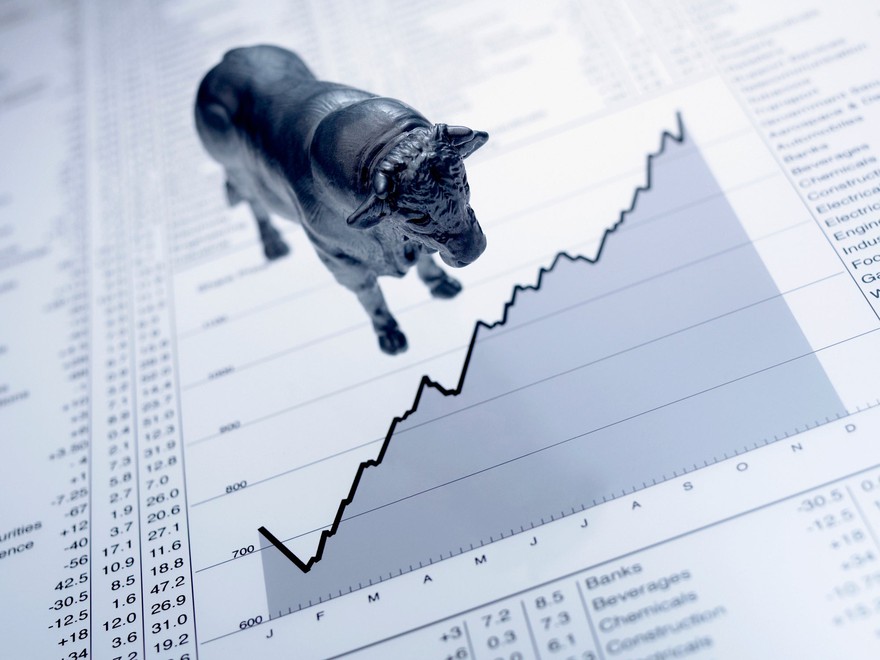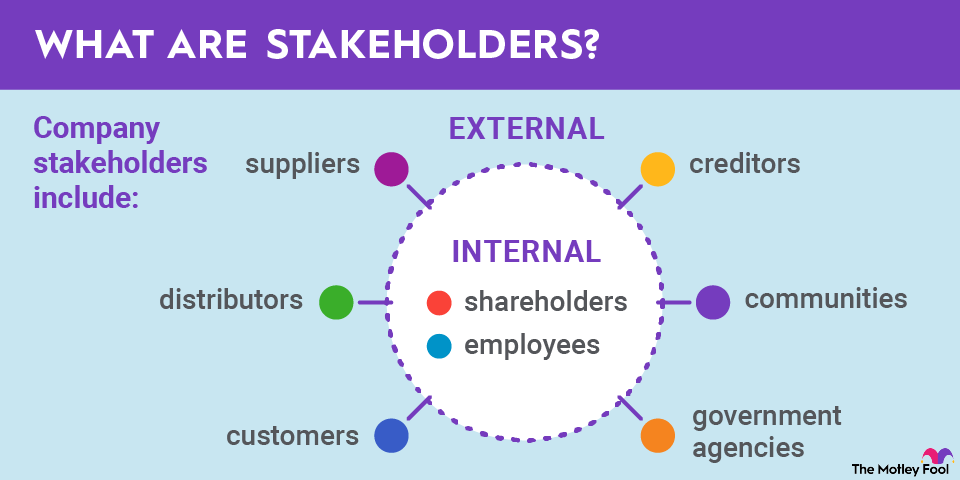Whether you've been a fan of The Motley Fool for years or are just getting to know us, the first thing most people realize is that we have a bit of a language all our own. Spiffy-drop is just one word in our very own investing language, spoken by Fools young and old. Read on to learn more about this investing concept.

What is a spiffy-drop?
The Motley Fool's various investing communities have managed to coin a great deal of their own terminologies for specific events in investing, especially when it comes to stock investing. One of those terms is spiffy-drop, a term that describes a significant drop in stock value relative to how much you paid for the stock initially.
You experience a spiffy-drop if your stock drops by as much or more than you paid for it originally, which definitely can sting. We've all been there.
The good news is that, according to older versions of this page, there's an ancient Norse saying that goes: "It takes a spiffy-pop to eventually make a spiffy-drop," so if you're experiencing a spiffy-drop, you've probably already seen some pretty significant gains in the past.
Example of a spiffy-drop
Let's say you invested in ABC, Inc. at $14 per share. One day, you check your brokerage account at the closing bell to find out that it's dropped $15 per share that day. That's a spiffy-drop. Your heart is broken; you will never emotionally recover.
However, the odds are incredibly good that your stock has already spiffy-popped at least once, so while it may have dropped a lot in one day, the overall value of your stock is still up. If it has spiffy-popped twice, for example, it's well over $42 per share already (because it has certainly also grown steadily during that time), so your loss is much less than it feels -- in fact, you're still sitting on a net gain of over $14 per share.
Spiffy Pop
Spiffy-pop vs. spiffy-drop
A spiffy-drop is the opposite of a spiffy-pop, a situation where a stock gains more per share in a day than you paid for it. A spiffy-pop is pretty dang spiffy, but a spiffy-drop, a situation where your stock loses as much per share in one day as you paid for it, is pretty unspiffy.
Spiffy-drops, like spiffy-pops, are determined based on the closing price of a stock, so if your stock takes a hard hit that day but recovers some or all of its value, you've probably narrowly avoided a spiffy-drop. Good news, indeed.
But, as stated above, it often takes a spiffy-pop to make a spiffy-drop, so even if you have to eat the spiffy-drop, you're still riding high on a history of spiffy-pops. If something has happened to the company to cause the spiffy-drop, that's when you have to worry, and consider if you need to sell. For example, a sudden change in CEO to someone who investors have no faith in could cause a spiffy-drop that's a sign of more drops to come.
Related investing topics
Why spiffy-drops matter to investors
Losing money is something all investors care about, but sometimes a spiffy-drop is just a normal way for the market to adjust itself. If a stock has become so popular that it's overbought, experiencing a spiffy-drop is basically expected. As long as you've held the stock a while and have a good reason to continue to hold it when this happens, you should be fine over a long-term investment horizon.
In other situations, like when you enter your stock position at a very low price point because the stock is new or the company is untested, it's easy to experience spiffy-drops on the regular. If your investment was $5, for example, and the company has since proven itself and its stock shares are now over $200, a spiffy-drop of 2.5% isn't great, but it's also not world-ending.
When spiffy-drops are signs of bigger problems, there are times when you probably should have already noticed something was going wrong long ago. A stock that's slipping isn't spiffy-dropping yet; it's simply losing value. If it's been doing this for a while, it's also probably losing investor faith, and that's likely to result in spiffy-drops for a wide swath of investors.
What you want to do is stay ahead of the market sentiment train if there's truly a reason the pricing is dropping, and it's not just because of the whims of the marketplace. If it's due to a real concern about the fundamentals of the business, you may not want to stick it out long enough for problems to be corrected (if they can be) so your investment can continue to grow.



















